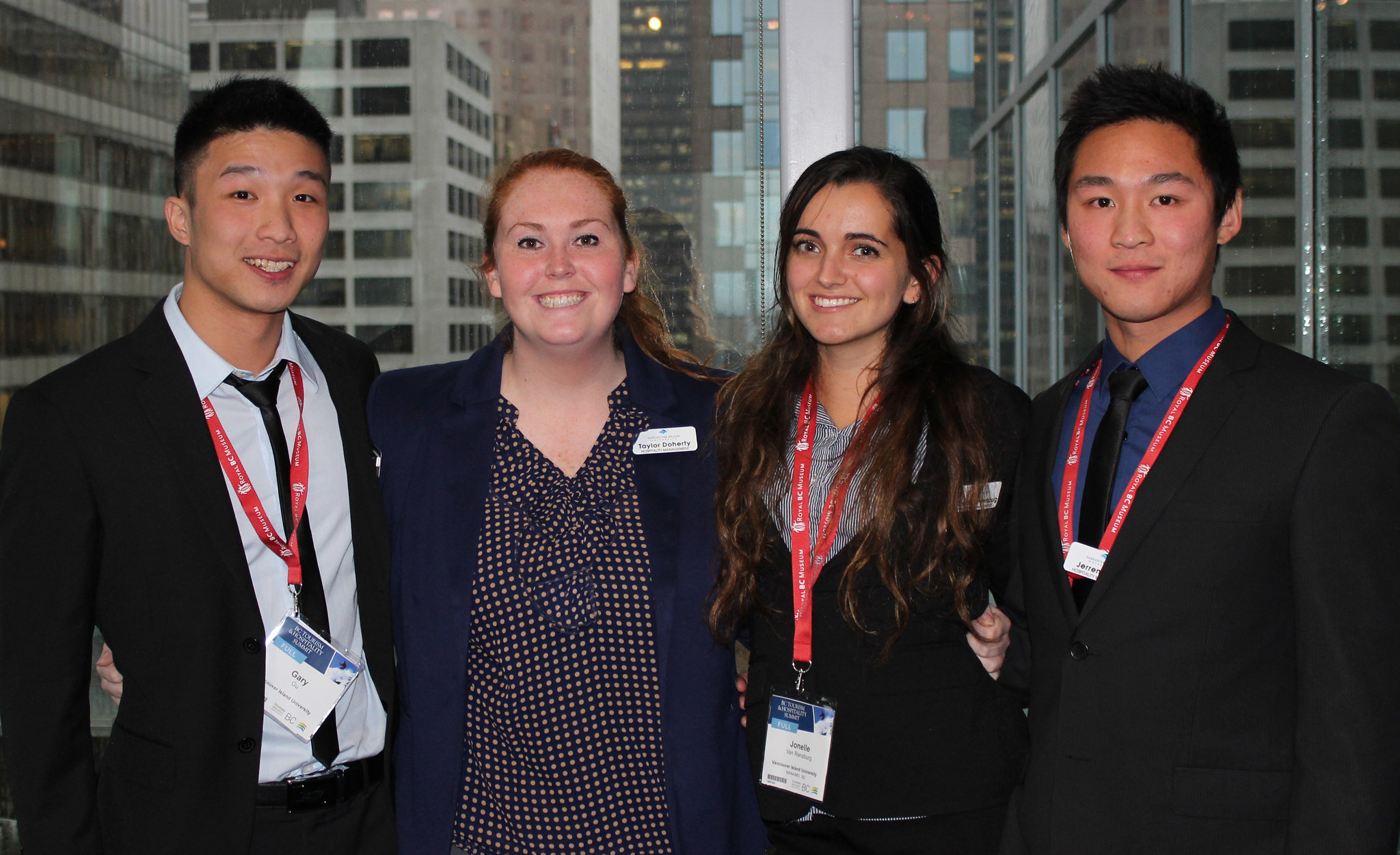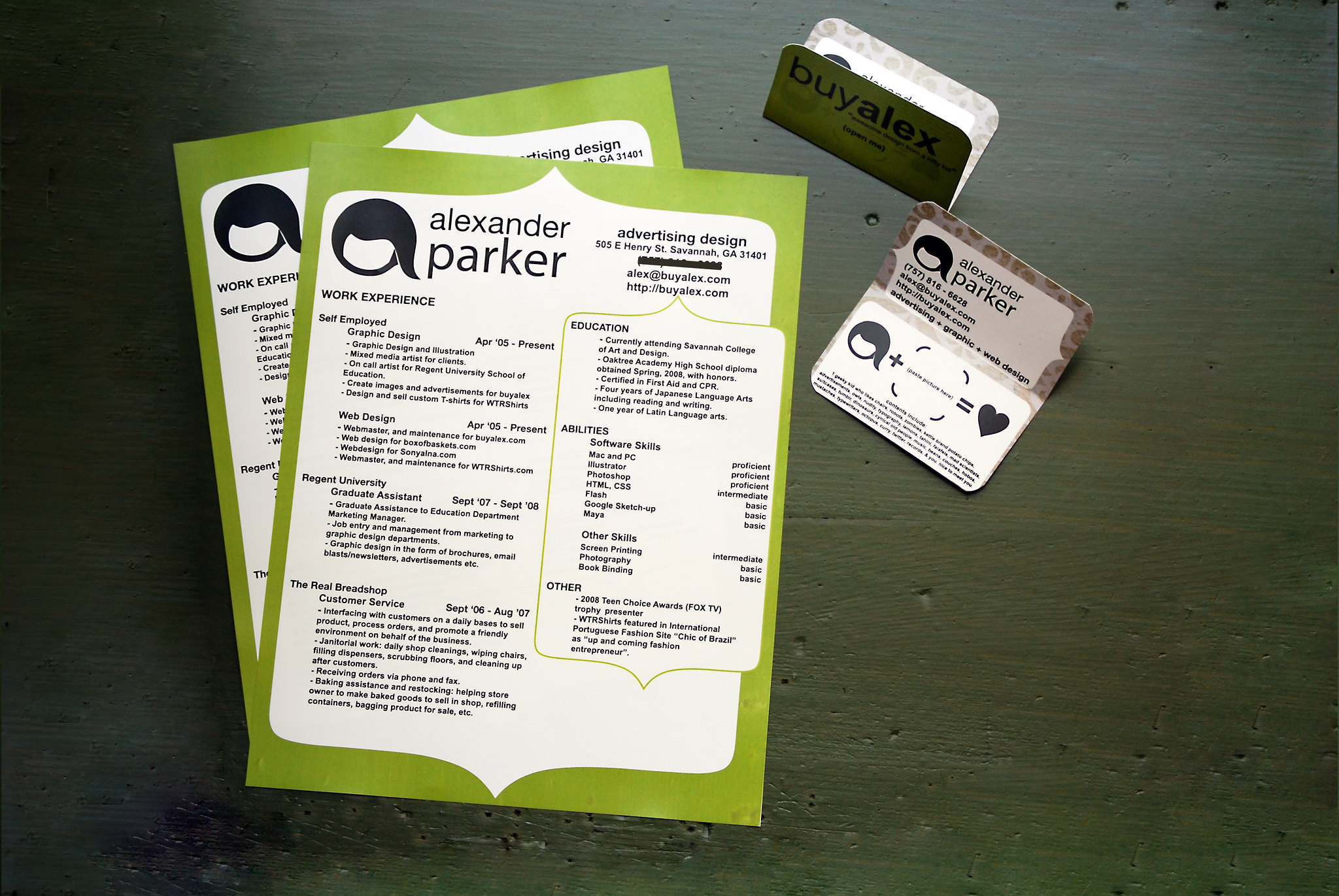13.1: Career Planning
- Page ID
- 9376
\( \newcommand{\vecs}[1]{\overset { \scriptstyle \rightharpoonup} {\mathbf{#1}} } \)
\( \newcommand{\vecd}[1]{\overset{-\!-\!\rightharpoonup}{\vphantom{a}\smash {#1}}} \)
\( \newcommand{\id}{\mathrm{id}}\) \( \newcommand{\Span}{\mathrm{span}}\)
( \newcommand{\kernel}{\mathrm{null}\,}\) \( \newcommand{\range}{\mathrm{range}\,}\)
\( \newcommand{\RealPart}{\mathrm{Re}}\) \( \newcommand{\ImaginaryPart}{\mathrm{Im}}\)
\( \newcommand{\Argument}{\mathrm{Arg}}\) \( \newcommand{\norm}[1]{\| #1 \|}\)
\( \newcommand{\inner}[2]{\langle #1, #2 \rangle}\)
\( \newcommand{\Span}{\mathrm{span}}\)
\( \newcommand{\id}{\mathrm{id}}\)
\( \newcommand{\Span}{\mathrm{span}}\)
\( \newcommand{\kernel}{\mathrm{null}\,}\)
\( \newcommand{\range}{\mathrm{range}\,}\)
\( \newcommand{\RealPart}{\mathrm{Re}}\)
\( \newcommand{\ImaginaryPart}{\mathrm{Im}}\)
\( \newcommand{\Argument}{\mathrm{Arg}}\)
\( \newcommand{\norm}[1]{\| #1 \|}\)
\( \newcommand{\inner}[2]{\langle #1, #2 \rangle}\)
\( \newcommand{\Span}{\mathrm{span}}\) \( \newcommand{\AA}{\unicode[.8,0]{x212B}}\)
\( \newcommand{\vectorA}[1]{\vec{#1}} % arrow\)
\( \newcommand{\vectorAt}[1]{\vec{\text{#1}}} % arrow\)
\( \newcommand{\vectorB}[1]{\overset { \scriptstyle \rightharpoonup} {\mathbf{#1}} } \)
\( \newcommand{\vectorC}[1]{\textbf{#1}} \)
\( \newcommand{\vectorD}[1]{\overrightarrow{#1}} \)
\( \newcommand{\vectorDt}[1]{\overrightarrow{\text{#1}}} \)
\( \newcommand{\vectE}[1]{\overset{-\!-\!\rightharpoonup}{\vphantom{a}\smash{\mathbf {#1}}}} \)
\( \newcommand{\vecs}[1]{\overset { \scriptstyle \rightharpoonup} {\mathbf{#1}} } \)
\( \newcommand{\vecd}[1]{\overset{-\!-\!\rightharpoonup}{\vphantom{a}\smash {#1}}} \)
\(\newcommand{\avec}{\mathbf a}\) \(\newcommand{\bvec}{\mathbf b}\) \(\newcommand{\cvec}{\mathbf c}\) \(\newcommand{\dvec}{\mathbf d}\) \(\newcommand{\dtil}{\widetilde{\mathbf d}}\) \(\newcommand{\evec}{\mathbf e}\) \(\newcommand{\fvec}{\mathbf f}\) \(\newcommand{\nvec}{\mathbf n}\) \(\newcommand{\pvec}{\mathbf p}\) \(\newcommand{\qvec}{\mathbf q}\) \(\newcommand{\svec}{\mathbf s}\) \(\newcommand{\tvec}{\mathbf t}\) \(\newcommand{\uvec}{\mathbf u}\) \(\newcommand{\vvec}{\mathbf v}\) \(\newcommand{\wvec}{\mathbf w}\) \(\newcommand{\xvec}{\mathbf x}\) \(\newcommand{\yvec}{\mathbf y}\) \(\newcommand{\zvec}{\mathbf z}\) \(\newcommand{\rvec}{\mathbf r}\) \(\newcommand{\mvec}{\mathbf m}\) \(\newcommand{\zerovec}{\mathbf 0}\) \(\newcommand{\onevec}{\mathbf 1}\) \(\newcommand{\real}{\mathbb R}\) \(\newcommand{\twovec}[2]{\left[\begin{array}{r}#1 \\ #2 \end{array}\right]}\) \(\newcommand{\ctwovec}[2]{\left[\begin{array}{c}#1 \\ #2 \end{array}\right]}\) \(\newcommand{\threevec}[3]{\left[\begin{array}{r}#1 \\ #2 \\ #3 \end{array}\right]}\) \(\newcommand{\cthreevec}[3]{\left[\begin{array}{c}#1 \\ #2 \\ #3 \end{array}\right]}\) \(\newcommand{\fourvec}[4]{\left[\begin{array}{r}#1 \\ #2 \\ #3 \\ #4 \end{array}\right]}\) \(\newcommand{\cfourvec}[4]{\left[\begin{array}{c}#1 \\ #2 \\ #3 \\ #4 \end{array}\right]}\) \(\newcommand{\fivevec}[5]{\left[\begin{array}{r}#1 \\ #2 \\ #3 \\ #4 \\ #5 \\ \end{array}\right]}\) \(\newcommand{\cfivevec}[5]{\left[\begin{array}{c}#1 \\ #2 \\ #3 \\ #4 \\ #5 \\ \end{array}\right]}\) \(\newcommand{\mattwo}[4]{\left[\begin{array}{rr}#1 \amp #2 \\ #3 \amp #4 \\ \end{array}\right]}\) \(\newcommand{\laspan}[1]{\text{Span}\{#1\}}\) \(\newcommand{\bcal}{\cal B}\) \(\newcommand{\ccal}{\cal C}\) \(\newcommand{\scal}{\cal S}\) \(\newcommand{\wcal}{\cal W}\) \(\newcommand{\ecal}{\cal E}\) \(\newcommand{\coords}[2]{\left\{#1\right\}_{#2}}\) \(\newcommand{\gray}[1]{\color{gray}{#1}}\) \(\newcommand{\lgray}[1]{\color{lightgray}{#1}}\) \(\newcommand{\rank}{\operatorname{rank}}\) \(\newcommand{\row}{\text{Row}}\) \(\newcommand{\col}{\text{Col}}\) \(\renewcommand{\row}{\text{Row}}\) \(\newcommand{\nul}{\text{Nul}}\) \(\newcommand{\var}{\text{Var}}\) \(\newcommand{\corr}{\text{corr}}\) \(\newcommand{\len}[1]{\left|#1\right|}\) \(\newcommand{\bbar}{\overline{\bvec}}\) \(\newcommand{\bhat}{\widehat{\bvec}}\) \(\newcommand{\bperp}{\bvec^\perp}\) \(\newcommand{\xhat}{\widehat{\xvec}}\) \(\newcommand{\vhat}{\widehat{\vvec}}\) \(\newcommand{\uhat}{\widehat{\uvec}}\) \(\newcommand{\what}{\widehat{\wvec}}\) \(\newcommand{\Sighat}{\widehat{\Sigma}}\) \(\newcommand{\lt}{<}\) \(\newcommand{\gt}{>}\) \(\newcommand{\amp}{&}\) \(\definecolor{fillinmathshade}{gray}{0.9}\)This chapter is divided into four parts. First, we’ll learn the essential steps of career planning. Then we’ll take a look at the types of work experience you can engage in while still at school. Finally, we’ll explore how you can integrate your planning with your education and experiences, and we’ll hear from graduates who have been successful in their career choices.

Let’s start with a review of the essential steps in the career planning process.
Shepard and Mani define career planning “as an ongoing process through which an individual sets career goals and identifies the means to achieve them” (2013, p. 14). It is through career planning that a person evaluates abilities and interests, assesses values and personality, considers alternative career opportunities, establishes career goals, and plans practical developmental activities.
Career planning requires individuals to understand themselves and their values, interests, and skills. It is also an ongoing process, one that must be repeated with changes in employment and life circumstances. As you gain more experience and knowledge, the process will begin anew.
This section reviews the five essential steps of career planning, which are based on our research and input from industry experts:
- Conduct a self-assessment
- Research the labour market
- Create your career search toolkit
- Put your career campaign into action
- Engage in networking
Let’s start at step one.
Step One: Conduct a Self-Assessment
Self knowledge is the key to choosing a career. It can be overwhelming to begin the process of self-assessment. However, if done well at the start, the likelihood of securing work that has meaning, purpose, and fulfillment is far greater. Understanding your preferences, knowing your strengths, and honestly facing the areas you need to develop are the first steps for effective self-assessment.
Take a Closer Look: Tourism Careers from the Tourism HR Canada
The Tourism HR Canada has a website that can help you explore career options. Start with its tourism career quiz to see where you might find a fit, and browse the list of job boards and other resources on their website.
Rosenberg McKay (2014) identifies self-assessment as “the process of gathering information about you in order to make a knowledgeable career decision” and adds that “a self-assessment should examine values, interests, personality, and skills.” Your values should guide your decision making to ensure a good fit for both you and your employer.
Take a Closer Look: Explore Careers by Skills and Knowledge
The Government of Canada Job Bank website allows you to peruse occupations and explore the skills and knowledge required to work in these fields. Discover what jobs might be a good match for you at the Government of Canada Job Bank.
Many people find that over the course of their post-secondary program they naturally become more self-aware. It’s recommended, however, that you take time to do the following in order to facilitate your understanding:
- Think back to when you were a child. What hopes and dreams did you have for yourself? How have these changed?
- Develop a profile of your personality type. One helpful way of classifying personalities was developed by Myers and Briggs. You can learn more about their personality types by visiting their foundation at Myers-Briggs Personality Types.
- Do an internet search for terms like personal value statement and find examples that inspire you. These may include key words such as loyalty, accountability, determination, and passion. Now create your own unique statement that reflects where you are today.
- Gain a better understanding of yourself by learning how others see you. Ask a close friend, family member, or trusted academic contact to write down 10 key words that describe you. Notice where these are different or similar to the words you chose for your value statement.
- Go back to the introductory chapter of this textbook and make note of the five key sectors of the tourism industry. With a highlighter or similar tool, choose the two sectors that are the most appealing to you. Why are these of interest? What life experiences or work experience do you have that apply to these sectors? How do they align with your personality type and values?
With this foundation in place, you’re ready to face employment reality by gaining a greater understanding of the labour market.
Step Two: Research the Labour Market
Whether you are career planning for the very first time or you are trying to change careers, gathering labour market information is necessary to ensure your education and training are relevant. Keep in mind that a career is distinct from a job. A job can be a part-time or short-term position, whereas a career is work you plan to explore for the length of your professional life, with each employment opportunity building on the last.
Learning as much as you can about careers within the tourism and hospitality industry will allow you to make good decisions about your future. Some of the activities you can do to complete your research include visiting job boards to identify demand and following companies and sectors in the media. Let’s look at these concepts in more detail.
Visit Tourism and Hospitality Job Boards to Identify Demand
It’s not enough for you to want to work in a certain field — you have to know what types of jobs are currently being offered. By visiting job boards you can get a sense of which geographic areas have more opportunities, how much different jobs pay, and what kind of experience is required.
Websites you can use for this search include:
- The go2HR job board for tourism and hospitality jobs in BC
- Hospitality Works (H Careers)
- HotellerieJobs
- Listings specific to resort communities, such as the Whistler Job Board
- Career pages for companies, such as Job Opportunities with Fairmont and JOEY Restaurants Careers
Make note of any interesting positions, and pay attention to gaps. Compare this to your self-assessment. Where are the opportunities lining up? What changes might you have to make to advance your career? For example, if you’d like to stay in the same city, but see no jobs posted that match your needs, it might be time to look elsewhere.
Follow Companies and Sectors in the Media
Make it a point to follow companies and sectors of interest to you in the media. You can do this by using a search engine to set up notifications (e.g., Google Alerts) about sectors (e.g., restaurants, ski resorts), and following companies on social media (Twitter, Facebook, LinkedIn, Instagram). You can also monitor news from industry associations to read their commentary on issues and trends affecting specific sectors of the industry and/or geographic regions. This will help you identify growth patterns, understand job market trends, and gain an edge should you have the opportunity to interview.
With this information in hand, you’ll be ready to create a plan.
Step Three: Create Your Career Search Toolkit
You have completed your initial research, and now you need to get down to business! This step involves getting ready to approach employers about specific opportunities.
Identify, and be prepared to provide evidence of, the attributes and skills you possess that would be attractive to an employer. It can be helpful to review these in three categories:
- Personal attributes: describe what you are like as a person/employee (e.g., your values, personality type, personal qualities, and characteristics)
- Technical skills: skills and knowledge required to perform specific work (e.g., how to use restaurant Point-of-Sale systems, hotel reservations systems, or other computer software)
- Transferable skills: skills required to perform a variety of tasks that can be transferred from one type of job to another (e.g., the ability to read a balance sheet and prepare a budget)
Use the list of your skills and attributes when you describe yourself in your documents.

A standard set of job search documents includes:
- Cover letter: a long-form document of one page that tells a story, illustrating how your skills and experience make you an ideal candidate for the job.
- Resume (sometimes called a curriculum vitae or CV): a point-form document, typically two pages, that includes your career objective, relevant experience, education, skills, and interests.
- Reference list: identifies three or four professional contacts who have worked with you, and can vouch for the quality of your work.
Be sure to update these documents each time you apply for a position and customize them to the opportunity at hand.
You may also want to consider using social media tools and resources to promote yourself. This may include creating a LinkedIn profile, making a professional (rather than personal) Facebook page, and using Twitter and Instagram to communicate with companies. Some job seekers also use a professional e-portfolio to demonstrate their skills, knowledge, and abilities. Showcasing your experiences with an e-portfolio is one way to stand out from other applicants (Lorenzo & Ittleson, 2005).
Step Four: Put Your Career Campaign into Action
Now it’s time to make a list of companies to target, and to approach them.
We’ve already addressed how you can find opportunities by scanning postings on websites like the go2HR job board. This is a great start, but most work opportunities are found in the hidden job market, which consists of jobs that are not advertised or made public in traditional ways. Many individuals find work in BC’s tourism and hospitality industry by being referred, getting hired by someone they already know, or starting at an entry-level position and waiting for future growth opportunities.
If you don’t have any connections in tourism and hospitality, make them! List all the organizations you’re interested in working for. Now find some key contacts to meet with. These might be:
- The person responsible for hiring within the organization (as noted on its website or in its directory)
- An alumni from your program already working for the company (ask a faculty member to connect you)
- The person who currently works in your ideal role within the company
- A personal contact (family member, friend, or acquaintance) working at the company
Approach your potential contact to set up an informational interview. This is a session where you make contact with individuals who can use their first-hand experience to educate you about a particular role or company.
Write a short script that will help you remain focused and appear professional as you embark on your first call or send an initial email. Here’s a sample:
I have five years’ experience working in the tourism and/or hospitality field, mainly holding front-end positions. I have increased return visitor numbers and received continuous feedback about my outstanding customer service focus. I am wondering if you have 10 minutes to speak with me.
Your script will change depending on who you are targeting. Prepare a list of questions you want to ask. Remember, at this stage, you are not asking for a job; you’re asking for advice and gathering information. Don’t ask obvious questions about information already available on the company’s website or in its print material. Some questions might include:
- What are three words you would use to describe the culture of this company?
- In the time that you’ve worked here, would you say the company has grown? What has changed? What has stayed the same?
- What is a day-in-the-life of someone in (name a role) at this company?
- What salary range is available for entry-level employees?
- What types of training and career path support is offered to employees?
- Are there any other people I should be talking to about this? If possible, could you give me their contact information or introduce me to them?
The conversation should be professional but informal in nature, and many of your questions will be answered in the natural flow of the conversation. Take notes as you move through the interview, and take a minute after the interview to fill in details you may have missed while you were there.
After the session, always send a thank-you note. Thank the person for his or her time, and add something specific you learned in the interview that you believe will be helpful as you navigate your career. Sending an email thank-you is fine, but sending a written card will help you stand out.
If you’re given the name of someone else to contact, or you are asked to provide further information, be sure to follow through. This is your opportunity to make a good impression on your contact, and the organization.
Step Five: Engage in Networking
Developing your professional network as an emerging professional in tourism and hospitality is essential. Just as you need to continue to learn and develop your skill sets, you need to develop and nurture your network; it’s an investment in your future. Some ways to do this include:
- Conducting multiple informational interviews (covered in the previous step)
- Maintaining contact with academic classmates/faculty
- Attending and presenting at conferences
- Participating in case study competitions and other academic contests
- Using social media networks and groups
- Maintaining good relationships with coworkers at your current job, and staying in touch with people when they leave
- Asking family and friends to introduce you to tourism and hospitality professionals in their network
Remember that networking is equally about who you know and who knows you; it works both ways. Be generous with your contacts, information, and resources. As a new professional, you may not have a developed network, but you can offer your great attitude and valuable ideas, and you will soon gain a reputation as someone who contributes to the field.

Now that you have a sense of the steps needed to plan your tourism or hospitality career, let’s have a look at an important tool: work experience, which you can gain while still at school to propel you to your ideal career much faster.


